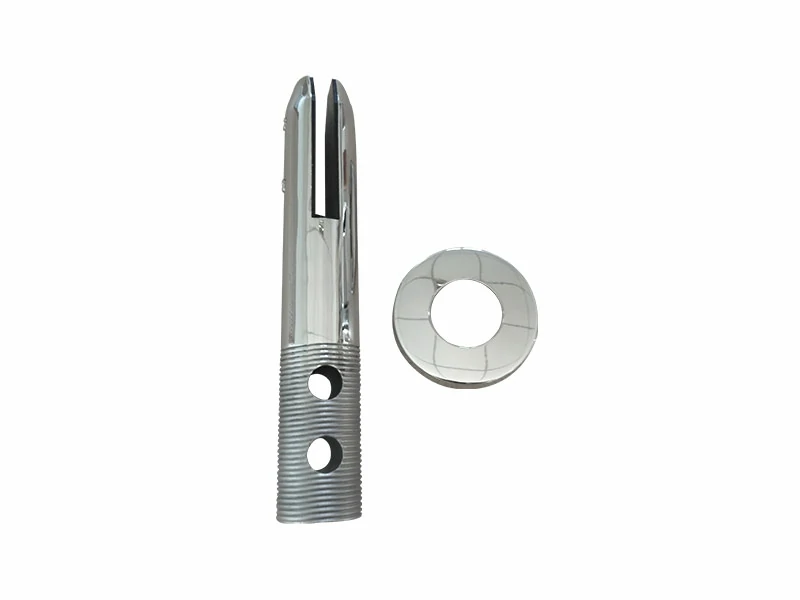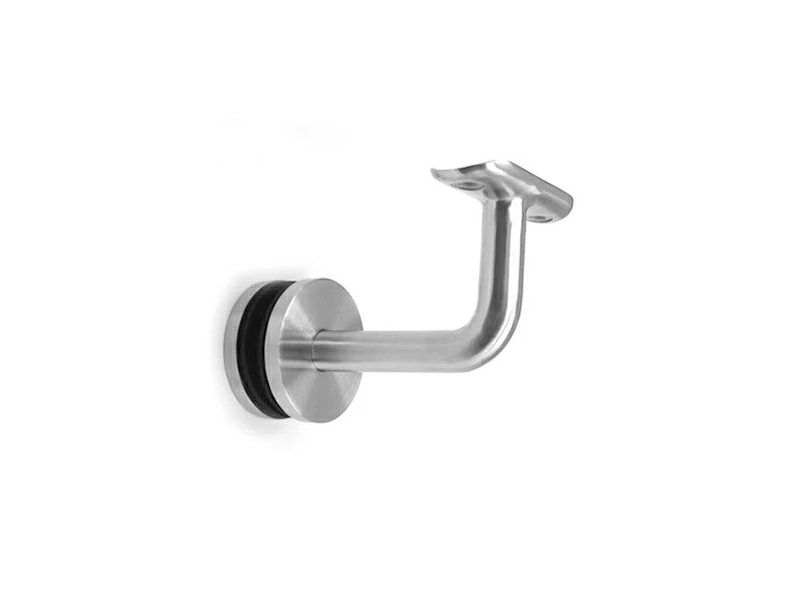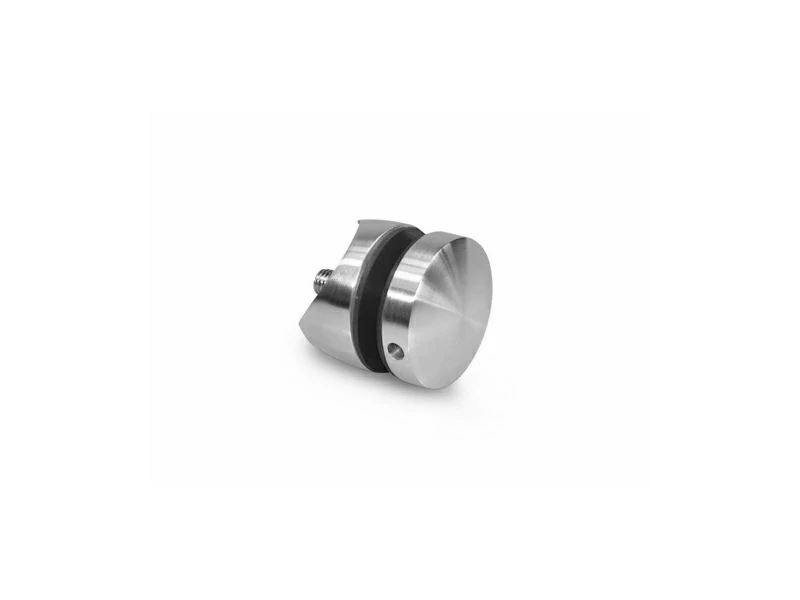Frameless glass railings are a modern, sleek, and unobstructed solution that enhances the aesthetic appeal and functionality of any space. Whether you’re looking to upgrade your balcony, staircase, or poolside area, a frameless glass railing offers an elegant barrier that maximizes your view while ensuring safety. This guide will explore the different types of glass railing systems, their benefits, and the key factors to consider when installing a glass railing system.
What is a Frameless Glass Railing?
A frameless glass railing system is designed for minimalism, where thick, tempered or laminated glass panels are secured with minimal visible hardware, offering an uninterrupted view. Unlike traditional railings with posts, balusters, and other bulky structures, frameless glass systems maximize transparency and openness, making them ideal for spaces like balconies, decks, stairs, and terraces. These systems provide both safety and elegance without compromising your view.
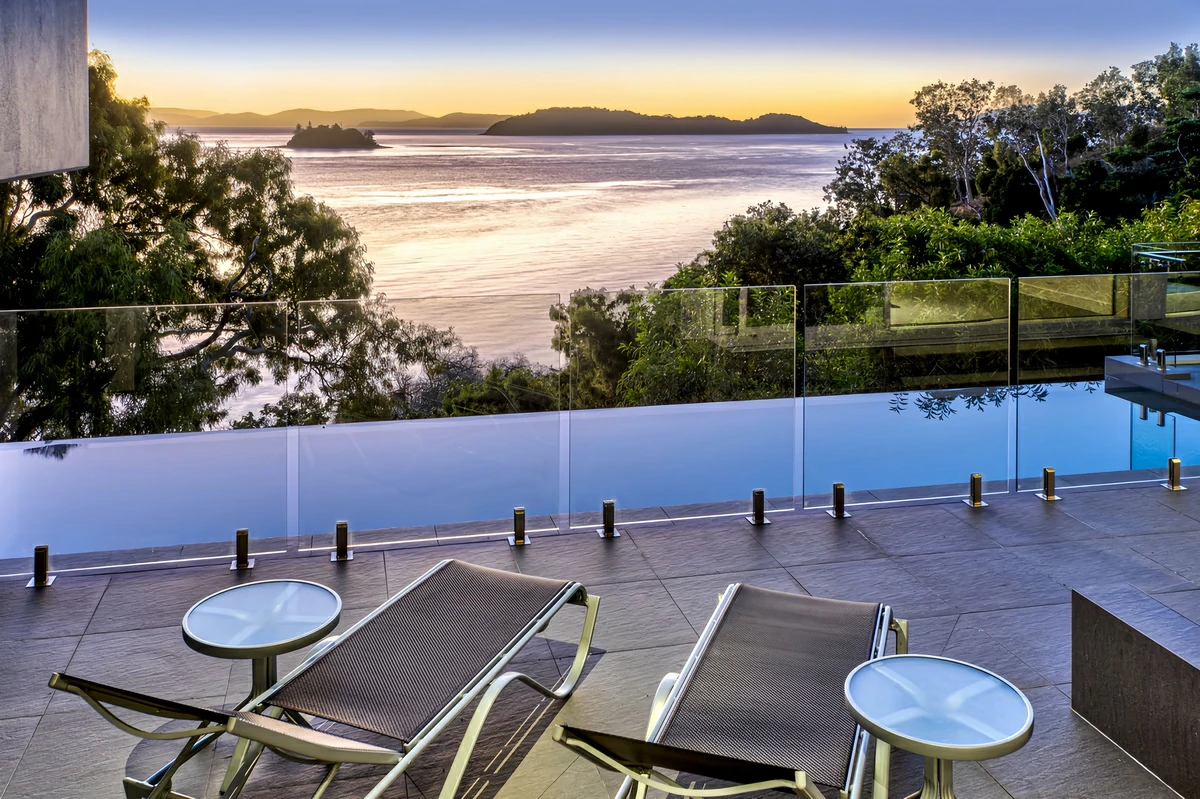
Types of Frameless Glass Railing Systems
Frameless glass railing systems are primarily distinguished by their mounting methods. Here are the most common types:
1.Base Shoe Systems (U-Channel Systems)
One of the most popular types, base shoe systems secure glass panels in a continuous U-shaped channel, mounted to the floor or structural beams. This method offers a clean and seamless look, with minimal visible hardware. After inserting the glass panels, cladding is applied to cover the base shoe for a polished finish.
2. Spigot Systems
In spigot systems, glass panels are held by individual metal spigots (small posts or clamps) bolted directly to the surface. This system offers a contemporary appearance with only small hardware pieces visible at the base of each panel, allowing the glass to appear nearly floating.
3. Standoff Systems
A more minimalist option, standoff systems use round metal discs, or "standoffs," to attach glass panels directly to the fascia or side of the mounting surface. The glass is cantilevered, creating an ultra-modern aesthetic.
4. Short Post Systems
Short post systems use very low-profile posts that provide structural support with minimal obstruction to the view. While slightly more visible than fully post-free designs, these offer greater stability, particularly in outdoor settings.
Materials Used in Frameless Glass Railings
The materials chosen for frameless glass railing systems play a critical role in both aesthetics and durability. Here’s a breakdown of the key materials:
Glass Panels:
Tempered Glass: The most common material, known for its strength and safety. It shatters into small, rounded pieces, reducing injury risk.
Laminated Glass: Made by bonding two sheets of glass with an interlayer, laminated glass is ideal for safety applications, as it remains intact even when broken.
Toughened Glass: Similar to tempered glass, but processed differently for enhanced strength.
Frosted or Etched Glass: For privacy or decorative purposes, frosted or etched glass can be used, especially for pool decks or balcony balustrades.
Hardware:
Base Shoe/U-Channel: Typically made from aluminum or stainless steel, these provide a sturdy base for the glass panels.
Spigots & Standoffs: Stainless steel or aluminum posts that securely hold the glass in place.
Gaskets & Shims: Rubber or silicone materials are used to cushion and align the glass within the mounting hardware.
Sealant: High-quality silicone sealant is used to secure and waterproof the glass panels in base shoe systems.
Cap Rails (Optional):
An optional metal or wood cap rail can be installed on top of the glass panels for added stability and to meet building codes requiring a graspable handrail.
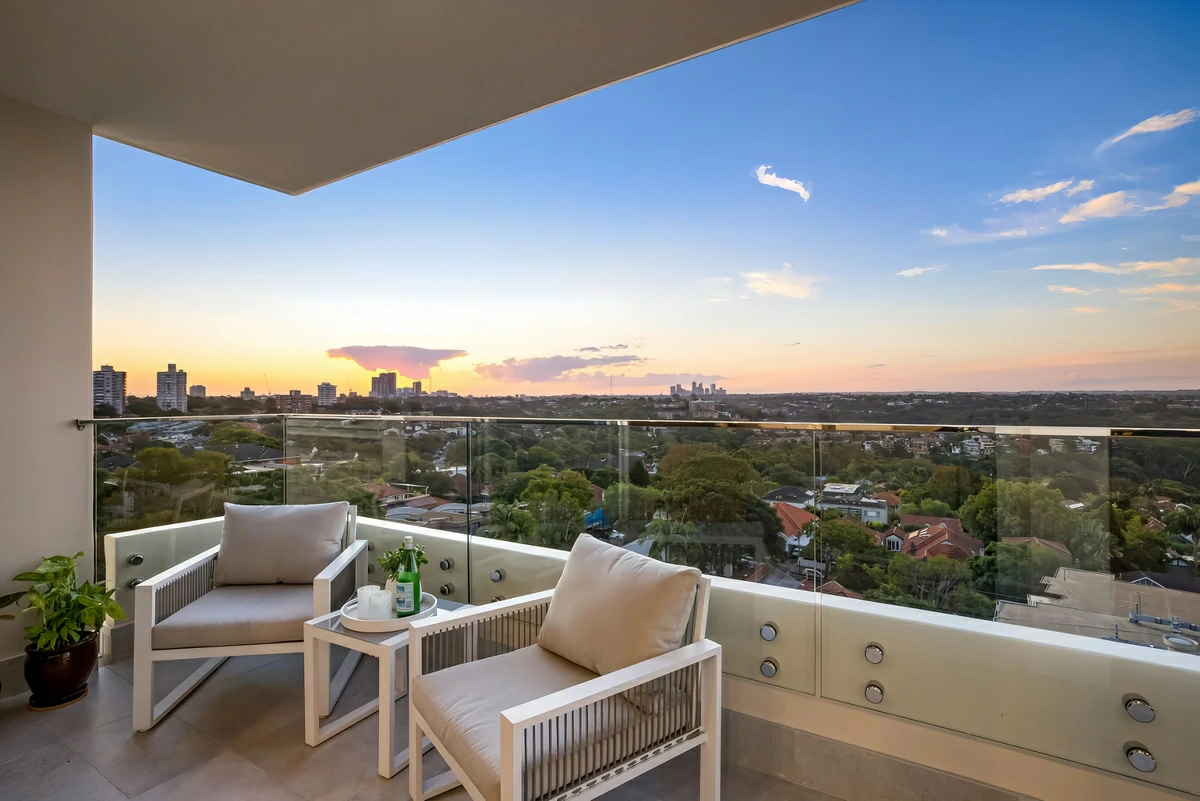
Key Considerations for Installing a Frameless Glass Railing System
Installing a frameless glass railing system requires precision, careful planning, and knowledge of local building codes. Here are the critical factors to consider during installation:
1. Compliance with Building Codes
Ensure that your chosen glass railing system complies with local building codes, including height regulations, load requirements, and handrail specifications.
2. Accurate Measurements
Precise measurements are crucial. Mark the dimensions, spacing between panels (typically 3/4 inch to 2 inches), and hardware locations to ensure proper alignment.
3. Surface Preparation
The mounting surface, whether concrete, wood, or steel, mus
t be level, clean, and structurally sound. Any necessary holes for anchors or bolts must be drilled accurately.
4. Hardware Installation
Install the chosen mounting system (base channels, spigots, standoffs) using the appropriate fasteners. Ensure everything is plumb, level, and tightly secured.
5. Glass Panel Placement
Use suction cups or lifting equipment to carefully lower the glass panels into place. Ensure that all panels are level and correctly aligned with the mounting system.
6. Securing the Glass
Tighten the clamping screws (for spigot systems), insert wedges, or apply sealant to secure the glass firmly in place.
7. Finishing Touches
Complete the installation by adding cladding, cap rails (if required), and performing a thorough cleaning of both the glass and hardware.
8. Final Checks
Ensure that all fastenings are tight and that the glass panels are secure and aligned correctly.
Safety and Compliance with Building Codes
When installing frameless glass railings, safety should be the top priority. Here are the main safety guidelines and building code requirements:
Height: The minimum height for **glass railings** should typically be 42 inches for decks, balconies, and stairs.
Strength: Glass panels must withstand the forces of leaning and wind loads, which are particularly important in outdoor applications.
Edge Treatment: Glass edges should be polished to prevent injuries or breakage.
Pros and Cons of Frameless Glass Railings
Pros:
Modern and Elegant Look: Frameless glass railings offer a chic, contemporary aesthetic.
Maximized Views: These railings provide unobstructed views, perfect for scenic locations like beaches or cityscapes.
Versatility: Ideal for a variety of spaces, from balconies to pool decks and staircases.
Low Maintenance: Frameless glass is easy to maintain with regular cleaning.
Cons:
Cost: Frameless glass systems tend to be more expensive than traditional wood or metal options.
Fragility: Although tempered glass is strong, it can break under high impact or improper installation.
Cleaning: Glass surfaces may show fingerprints, streaks, or dirt, requiring regular cleaning to maintain clarity.
Cleaning and Maintenance Tips for Frameless Glass Railings
To keep your frameless glass railing system looking its best, regular cleaning is essential:
Use Non-Abrasive Cleaners: Wipe down the glass with a soft cloth and a non-abrasive cleaner to avoid streaking.
Avoid Harsh Chemicals: Stay away from ammonia-based products, which can damage both the glass and its fittings.
Inspect for Loose Fittings: Periodically check for any loose spigots, clamps, or hardware, ensuring everything remains secure.
Conclusion
A frameless glass railing system is a stylish, safe, and modern solution for enhancing your space. Offering an unobstructed view while providing structural integrity, it’s perfect for balconies, staircases, and outdoor decks. By carefully selecting the right materials and installation methods, you can create a beautiful, functional addition to your home. Remember to follow safety standards, comply with local building codes, and perform regular maintenance to ensure the longevity of your glass railing system.
